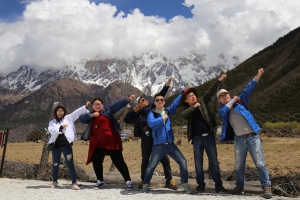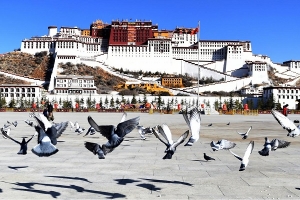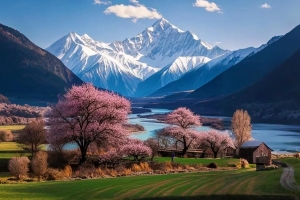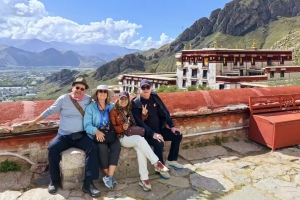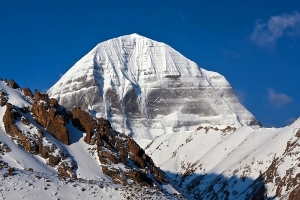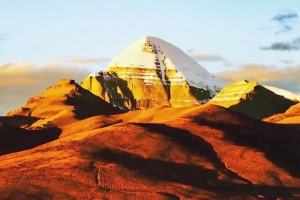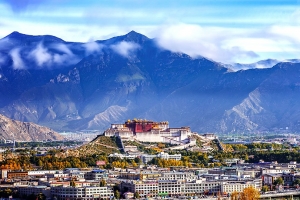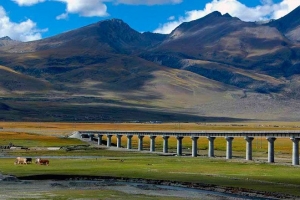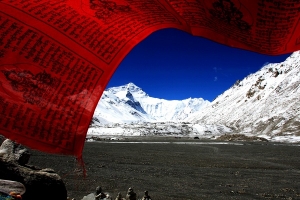The Tibetan Plateau offers a spiritual and scenic experience unlike any other—but its food, earthy and life-giving, is just as vital to understanding the Tibetan way of life. Rooted in high-altitude survival and spiritual symbolism, Tibetan cuisine is not only nourishing but deeply cultural. Whether you’re trekking across Lhasa’s streets, visiting a remote monastery, or taking respite from the mountain chill, these must-have dishes define the Tibetan culinary experience.
Tsampa: The Soul of the Plateau
You cannot begin a Tibetan food journey without mentioning tsampa—the sacred barley flour that sustains the body and binds the culture. Tsampa isn’t just food; it’s identity. Made from roasted barley and typically mixed by hand with yak butter tea or plain water, it’s rolled into doughy balls and eaten with fingers. Portable, caloric, and enduring, tsampa has been the staple of nomads, monks, and warriors for centuries.
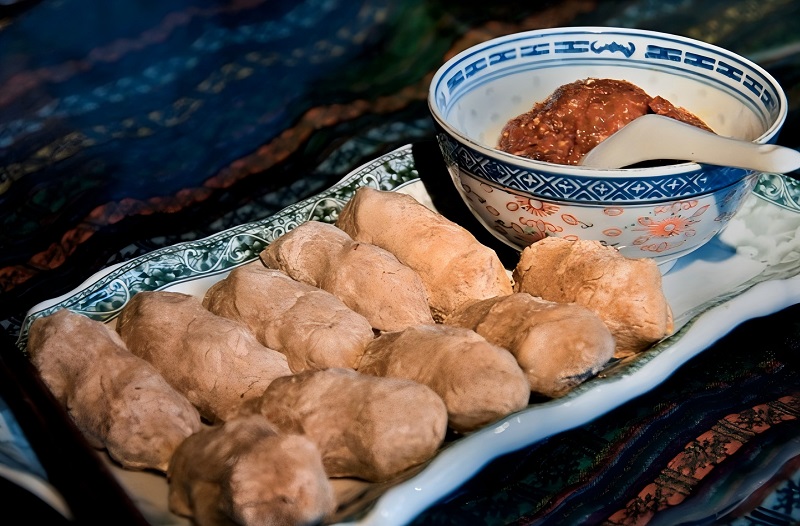
Tsampa
Culturally, tsampa is used in rituals—during Losar (Tibetan New Year), handfuls are thrown into the air for blessings and good fortune. For a visitor, tasting tsampa may seem humble, but it’s like shaking hands with the spirit of Tibet. Locals may invite you to join them in mixing it—accept the offer. It’s a communal act, not just a meal.
Sha Momo: Steamed Warmth in a Cold Land
Momos, Tibetan dumplings, are ubiquitous in the Himalayas, but the sha momo—filled with beef or yak—is Tibet’s beloved variant. Typically steamed, though sometimes pan-fried, these juicy, thick-skinned dumplings are comfort incarnate. Their generous size, usually filled with meat, onion, and spice, offers a satiating bite perfect after a cold hike.
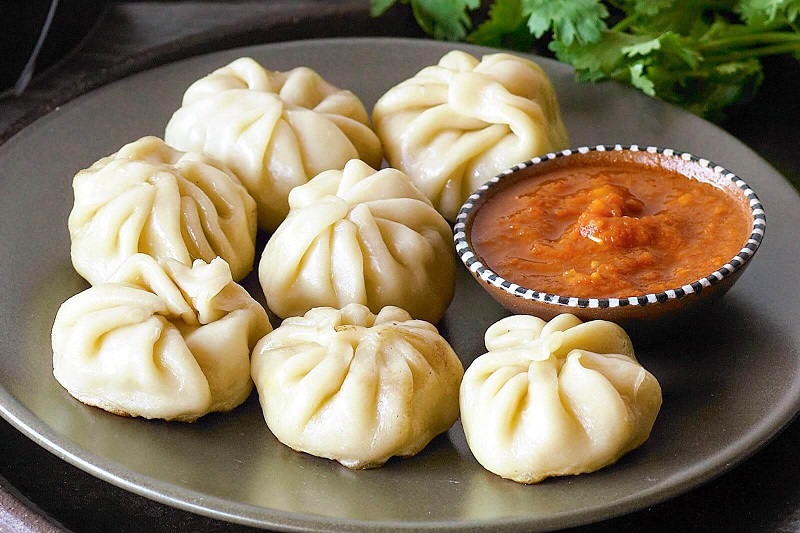
Sha Momo
A good momo should squirt hot broth when bitten into. In local eateries, they’re served in circular steaming trays, accompanied by tangy chilli sauces or tomato-based dips. In Tibetan Buddhism, meals are often preceded by a short grace or moment of mindfulness—don’t be surprised if the chef offers a prayer over the pot.
To miss momo is to miss the beating heart of Tibetan comfort food.
Butter Tea: The Lifeblood of Tibetan Hospitality
You will likely be handed a cup of po cha, or yak butter tea, before you even ask for it. Made from tea leaves, churned yak butter, water, and salt, the resulting drink is thick, savoury, and oddly warming. First-timers may be startled by the salty, almost brothy taste, but this drink is no novelty—it is vital sustenance in Tibet’s harsh climate.
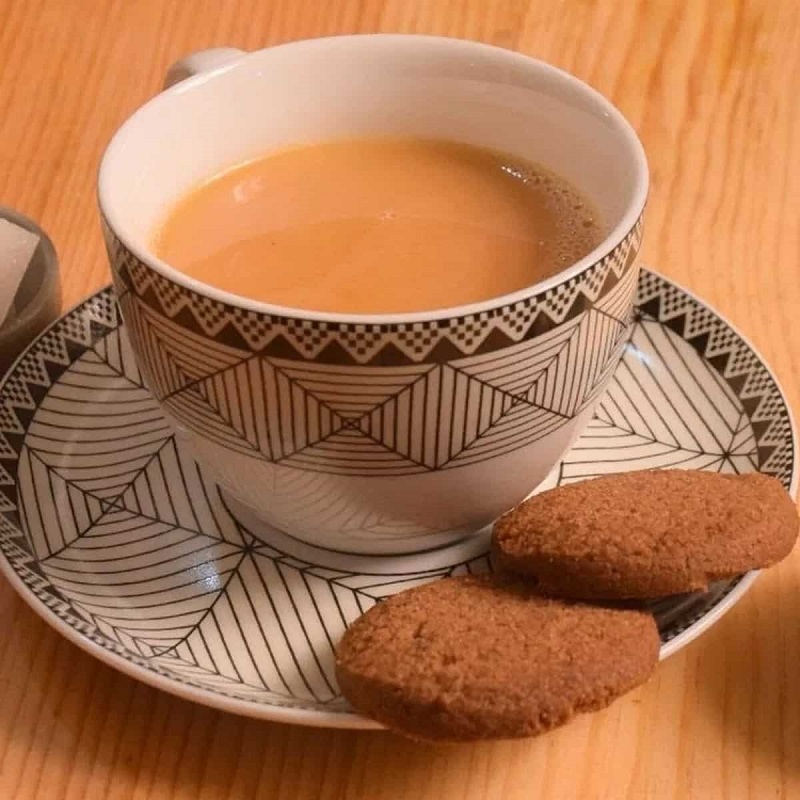
Yak Butter Tea
Butter tea keeps the body warm, staves off altitude sickness, and replaces the fats your body burns rapidly at high elevation. It also serves a social function: hosts refill your cup as a gesture of goodwill. Be prepared to drink several cups as a guest—it’s considered impolite to drain your cup entirely, as it will simply be topped up again.
Shapale: A Traveller’s Pastry
Think of shapale as Tibet’s rugged answer to an empanada—deep-fried pastries stuffed with seasoned yak or beef, sometimes with green onions or cabbage. Their crispy outer shell gives way to a juicy, flavourful interior, making them perfect for road food. Street vendors in Lhasa sell them hot from oil-slicked pans, and they’re popular among monks on pilgrimage or locals needing a quick bite.
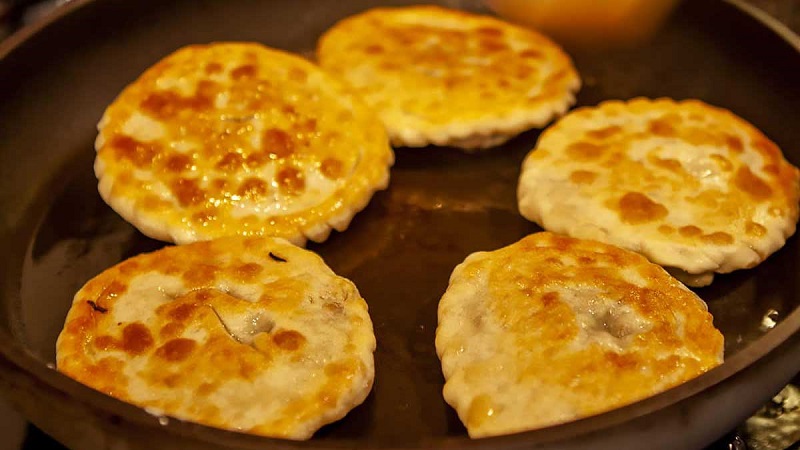
Shapale
Unlike the gentler momo, shapale is punchier—more assertive, more portable, and just greasy enough to be satisfying after a day in the wind. For backpackers or cyclists crossing long distances, it’s a common fuel.
Dre-si: Sweetness With Ceremony
Food in Tibet is often functional, but dre-si breaks that mould—it’s festive, sweet, and loaded with symbolism. Made of glistening buttered rice, mixed with raisins, dates, and sometimes dry cheese, dre-si is the celebratory dish for Losar and other spiritual holidays.
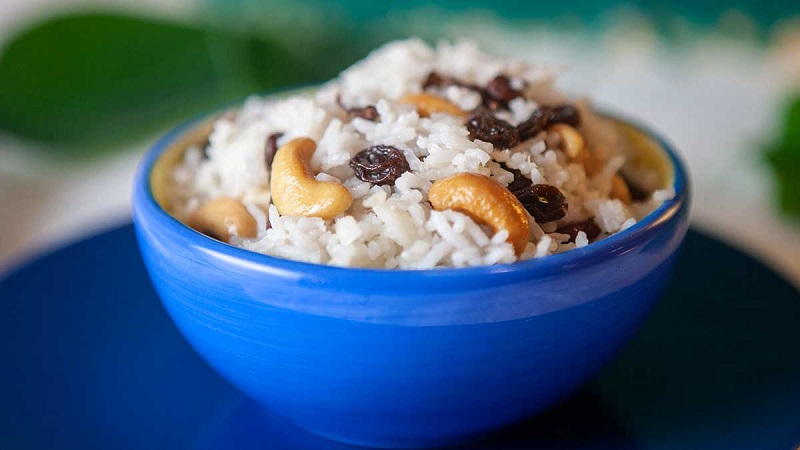
Dre-si
It’s not an everyday dish, which makes it all the more special when it appears. It pairs beautifully with butter tea and is often presented alongside khapse (fried biscuits) as part of ceremonial offerings. The richness of the butter and sweetness of the dried fruits create a balanced, nourishing meal that warms both body and soul.
For the culturally inclined, partaking in dre-si during a Losar celebration is a window into Tibetan joy and family unity.
Thukpa: A Bowl of Blessings
Thukpa is Tibetan noodle soup at its most soul-soothing. Found across Tibet (and in variants through Ladakh and Nepal), thukpa is both a street staple and a home favourite. With hand-pulled noodles, chunks of meat (yak or beef), leafy greens, radish, and spices floating in a rich broth, it’s a complete meal and then some.
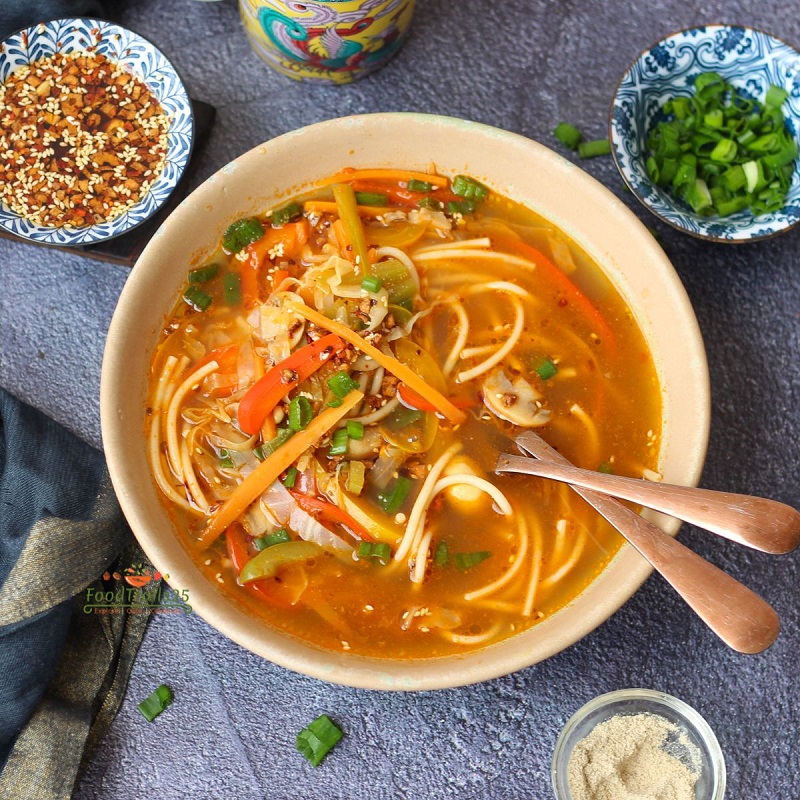
Thukpa
Some regional variations, especially in Amdo and Kham, spice things up with chilli oil and pickled vegetables, adding layers of heat and tang. A bowl of thukpa is more than nourishment—it’s comfort, warmth, and hospitality in liquid form.
It’s the sort of dish that brings you back to health when weary, cold, or lost. In many monasteries, thukpa is served after long hours of meditation or teaching, sustaining monks through silent winters.
Khapse: Deep-Fried Symbolism
Khapse, those twisted, deep-fried Tibetan biscuits, appear during New Year festivities like edible sculptures. Crisp and subtly sweet, they range from simple ribbons to elaborate knots and spirals. During Losar, families stack them into sky-high pyramids alongside butter sculptures and incense, representing abundance and spiritual fortune.
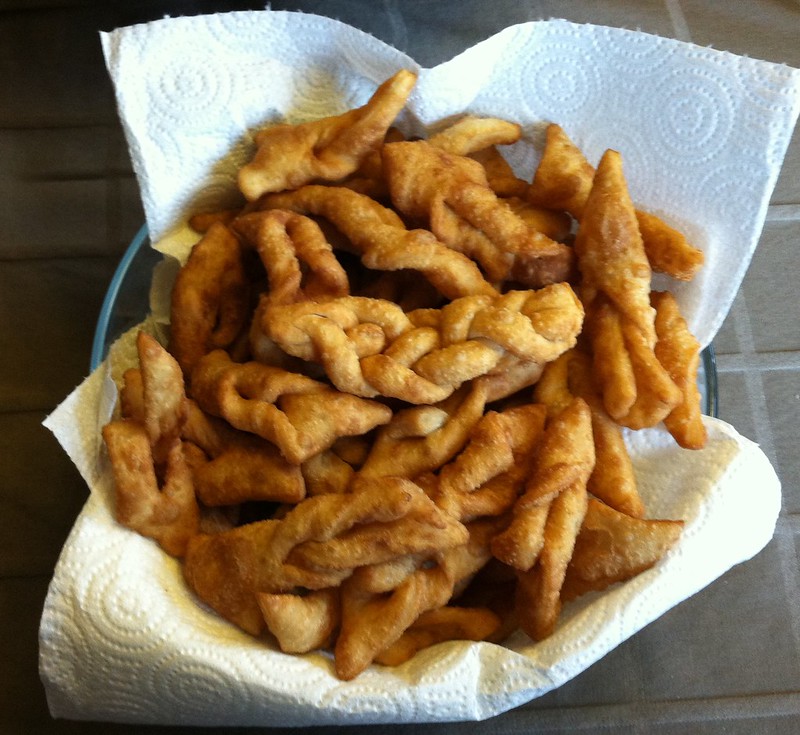
Khapse
As a traveller, khapse offers a nibble of Tibetan artistry. While not designed for everyday indulgence, they’re a charming companion to sweet tea or dre-si, and an emblem of Tibetan celebration and craftsmanship.
Cultural Considerations
Tibetan dining comes with a strong sense of respect, gratitude, and ritual. Meals are often eaten in quiet reflection or shared among groups with prayerful silence beforehand. Refusing food is considered rude, especially if you’ve been invited into a home. Accept food with both hands and, if unsure, take at least a token bite to show respect.
Moreover, yak products—meat, milk, cheese, and butter—are central to Tibetan identity. These animals are revered, not simply consumed, and using their by-products is seen as participating in a cycle of life adapted to the plateau’s demands.
Tibetan food is not refined in the haute-cuisine sense—it is elemental. It speaks of the land, the people, the struggle, and the resilience that shapes life at the top of the world. From the thick butter of po cha to the joyful crunch of khapse, every dish tells a story of survival, celebration, and spirituality.
As you journey through Tibet, take time to share a cup of tea with a monk, savour momos under the shadow of a monastery, and mix tsampa beside a fire. These moments are the true feast—meals that taste of mountains, wind, and memory.

